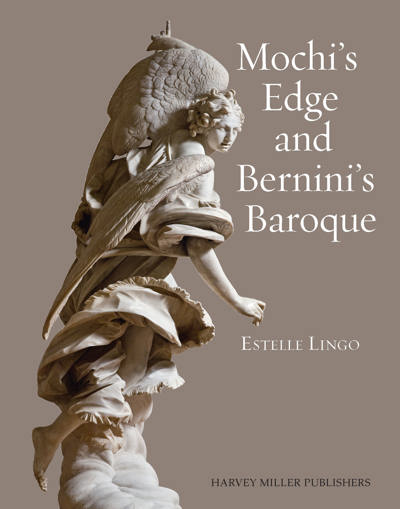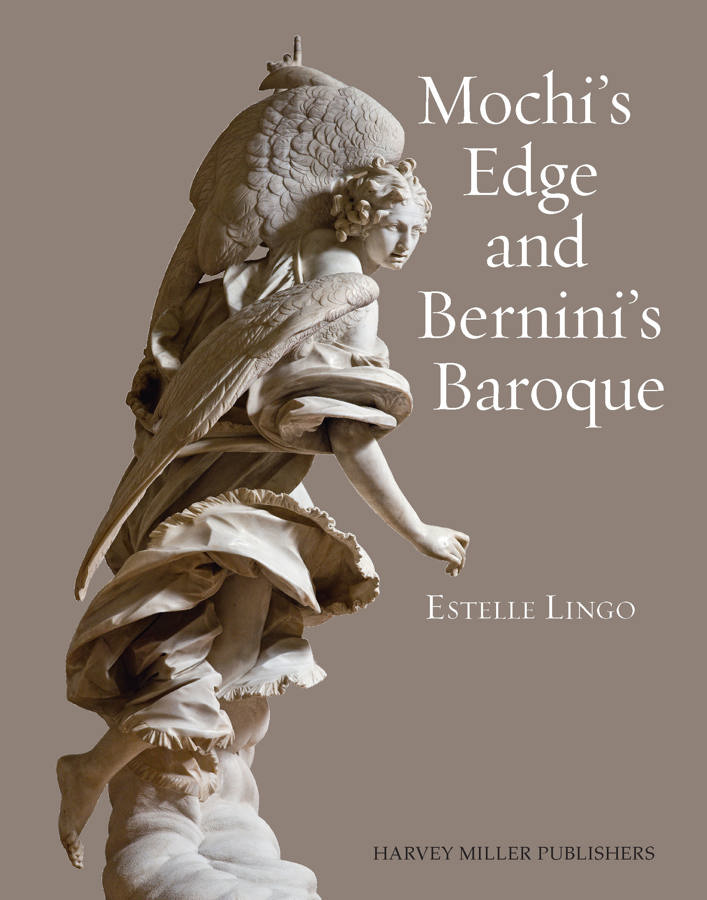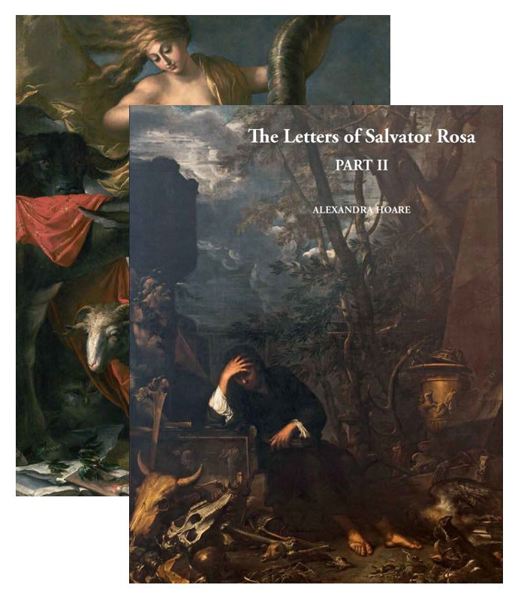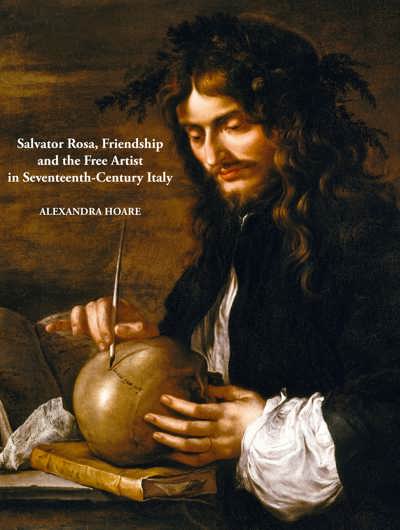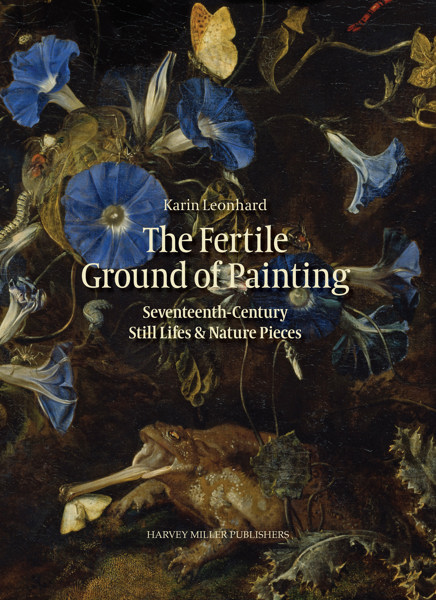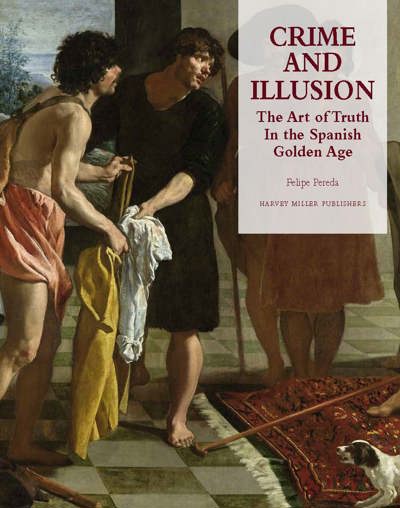
Mochi's Edge and Bernini's Baroque
Estelle Lingo
- Pages: 328 p.
- Size:225 x 300 mm
- Illustrations:6 b/w, 244 col.
- Language(s):English, Italian
- Publication Year:2017
- € 110,00 EXCL. VAT RETAIL PRICE
- ISBN: 978-1-909400-80-1
- Hardback
- Available
This book takes the extraordinary art of the Tuscan sculptor Francesco Mochi (1580-1654) as the entry point for an inquiry into the historical and cultural forces reshaping sculpture at the beginning of the seventeenth century.
"There are many reasons to greet this book with enthusiasm. First and foremost, it contributes to reopening the historiographical debate about research on seventeenth-century Italian sculpture." (Tobias Kämpf, in: The Burlington Magazine, November 2018, p. 981)
“Francesco Mochi’s radical and experimental oeuvre has been given refreshing and illuminating insights by a leading scholar in the field. The illustrations are plentiful and of high quality, and the bibliographical apparatus is comprehensive and clearly set out. This monograph is thus an exhaustive and scholarly presentation of Mochi’s sculpture, and must be seen as an essential reference tool for students of his work, as well as giving an admirable and lively picture of sculpture in Tuscany and Rome in the baroque period.” (Marjorie Trusted, in: Art Newspaper Review, 304, 2018, p.15)
“Throughout the book Lingo is to be commended for the superb photographs, which help her drive her points with particular effectiveness. Her approach, which had the sympathies of the series editor, Lorenzo Pericolo, is a model for all scholars.” (C. D. Dickerson III, in Scuplture Journal, 27/3, 2018, p. 377)
Estelle Lingo is Associate Professor of Early Modern European Art and Donald E. Petersen Endowed Professor at the University of Washington in Seattle, and author of François Duquesnoy and the Greek Ideal (Yale University Press, 2007). She is the 2016-18 Andrew W. Mellon Professor at the Center for Advanced Study in the Visual Arts at the National Gallery of Art in Washington, DC.
This book takes the extraordinary art of the Tuscan sculptor Francesco Mochi (1580-1654) as the entry point for an inquiry into the historical and cultural forces reshaping sculpture at the beginning of the seventeenth century. Mochi has long been understood as an early innovator of the “baroque” style whose career was eclipsed by the rise of his younger contemporary Gianlorenzo Bernini. But for his sole seventeenth-century biographer, what distinguished Mochi’s sculpture was his determination to adhere to “the Florentine manner.” This study argues that the post-Tridentine religious climate and the demands of consolidating absolutist regimes posed specific challenges for sculpture, particularly as the medium had been assertively developed during the first half of the sixteenth century by Florentine sculptors, most famously Michelangelo. As analyzed here, Mochi’s highly distinctive sculptural style stemmed directly from his attempt to carry forward a Florentine and Michelangelesque tradition of sculpture—above all its commitments to the representation of the body, the materiality of sculpture, and the agency of the artist—and to reconcile that tradition with imperatives of his own day. Mochi’s ambitious undertaking produced an extreme tension in his art that resulted in some of the century’s most breathtaking sculptures, though ultimately fracturing his career. The book offers wholly new interpretations of Mochi’s monumental works and a new, historically engaged account of the origins of “baroque” sculpture and the rise to dominance of Bernini’s mature sculptural style. The volume is enriched by specially commissioned color photographs of Mochi’s sculptures.
